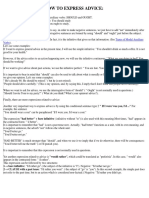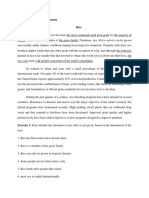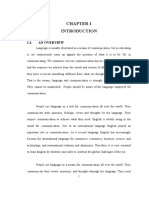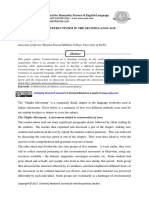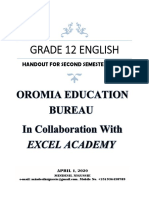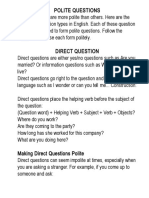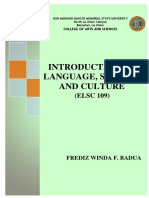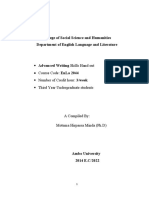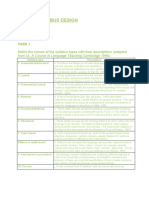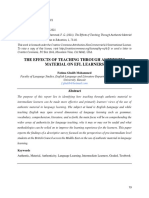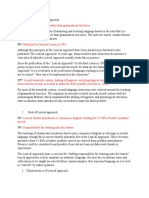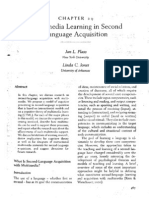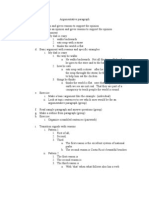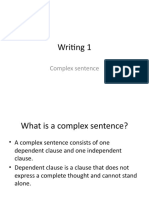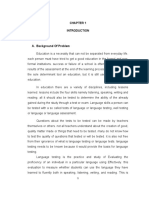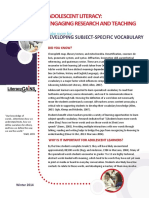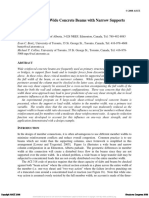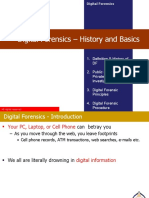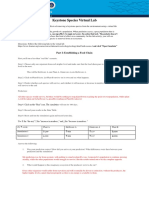100% found this document useful (1 vote)
898 views14 pagesCommunicative Speaking Test Guide
This document discusses the importance of applying a communicative approach to language testing, specifically for speaking classes. It recommends that speaking tests 1) integrate all language skills within meaningful contexts, 2) provide opportunities for natural interaction similar to real-world language use, and 3) assess students' ability to comprehend and produce language to successfully accomplish communicative goals. A communicative test focuses on language use rather than just knowledge, creates unpredictable yet realistic scenarios, and involves processing language in real-time interactions.
Uploaded by
IsnaPurnamaCopyright
© © All Rights Reserved
We take content rights seriously. If you suspect this is your content, claim it here.
Available Formats
Download as PDF, TXT or read online on Scribd
100% found this document useful (1 vote)
898 views14 pagesCommunicative Speaking Test Guide
This document discusses the importance of applying a communicative approach to language testing, specifically for speaking classes. It recommends that speaking tests 1) integrate all language skills within meaningful contexts, 2) provide opportunities for natural interaction similar to real-world language use, and 3) assess students' ability to comprehend and produce language to successfully accomplish communicative goals. A communicative test focuses on language use rather than just knowledge, creates unpredictable yet realistic scenarios, and involves processing language in real-time interactions.
Uploaded by
IsnaPurnamaCopyright
© © All Rights Reserved
We take content rights seriously. If you suspect this is your content, claim it here.
Available Formats
Download as PDF, TXT or read online on Scribd
/ 14




